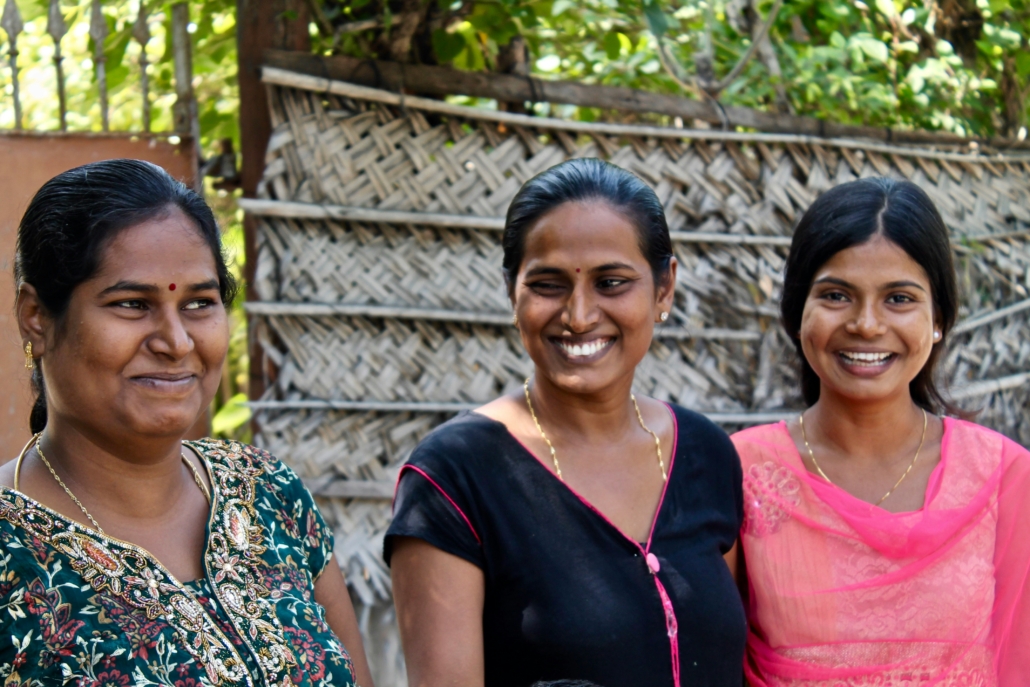 Diseases impacting Sri Lanka are divided into three categories: endemic, epidemic and pandemic. Notifiable diseases include cholera, diphtheria, yellow fever, malaria and tetanus. Below are some diseases impacting Sri Lanka.
Diseases impacting Sri Lanka are divided into three categories: endemic, epidemic and pandemic. Notifiable diseases include cholera, diphtheria, yellow fever, malaria and tetanus. Below are some diseases impacting Sri Lanka.
Dengue
One example of an endemic disease that impacts Sri Lanka is dengue. Mosquitos transmit dengue. The same type of mosquito also transmits the viruses that cause zika and chikungunya. It exists in tropical and subtropical climates worldwide. According to the World Health Organization (WHO), heavy monsoon rains, piles of damp garbage, standing pools of water and other breeding grounds that attract mosquitoes all cause dengue.
“Dengue tends to seek out the poor who live in densely populated places where sanitation is inadequate, rubbish piles up, water pools and mosquitoes thrive,” says Gerhard Tauscher, the operations manager of the International Federation of Red Cross and Red Crescent Societies.
Two of the largest dengue epidemics occurred in 2002 and 2004. During these epidemics, 8,931 cases and 15,463 cases were reported.
Rabies
Sri Lanka is on the list of high-risk countries for rabies. The bite, scratch, or lick on broken skin of an infected animal is what spreads rabies. Rabies thrives from contact with warm-blooded animals because it is a viral infection. It is a serious and frightening disease, and once developed in humans, it is fatal.
Fever, headache, weakness and paralysis are all symptoms of rabies. People travelling through remote regions are especially at risk. The symptoms can take 5 days to 25 years to develop.
Infected dogs are one reason why 20 to 30 deaths occur annually due to rabies. The main reasons for these deaths are not vaccinating dogs and not getting post exposure treatments.
Chikungunya
Chikungunya is another virus that mosquitoes spread. In the 1960s, Sri Lanka reports its first chikungunya epidemic. This happened again in November 2006. This virus is spread through the bite of infected female mosquitoes, which also infect their victims with dengue. Symptoms of chikungunya usually appear 4-8 days after a bite from a female mosquito.
“The main symptoms include a sudden high fever, severe joint pain, muscle aches, headache, nausea, fatigue, and skin rashes. While most patients recover within a week, joint pain can persist for months or even years in some cases, particularly among older individuals,” says Consultant Physician Dr. Achalya Balasuriya.
In 2007, more than 5,000 people were infected with chikungunya in Sri Lanka’s far north. During that time, residents were living off of aid supplies coming in from abroad.
Diabetes
Of the diseases impacting Sri Lanka, diabetes is prevalent because Sri Lanka has the highest rate of diabetes in Asia. According to a national survey conducted in 2019, nearly one in four Sri Lankan adults had diabetes, and another one in three had high blood sugar.
Dr. Ravi Ranniyan-Eliya, lead investigator for the study and Executive Director of the IHP (the Institute for Health Policy) explains that “These findings indicate that Sri Lanka has the highest rate of diabetes in Asia, and in fact one of the highest in the world, since there are only a few countries – some small Pacific Islands and places like Egypt and the Gulf States – with higher rates.”
It is hard to reverse diabetes once it develops, but being diagnosed early and getting treatment can minimize outcomes, like heart and kidney disease. The research showed that more than 1 million Sri Lankans do not know that they have diabetes.
Type 2 diabetes rose in 2011 from 7.6% to 11.3% in 2021, signaling a 68.3% rise. The rate of diabetes has risen sharply over the decades.
The Sri Lanka Government’s Efforts
The Sri Lankan government is working to reduce the transmission of diseases in Sri Lanka. In 2017, the Sri Lankan military increased the number of hospital beds for dengue patients as the Epidemiology Unit of the Ministry of Health (MOH) Sri Lanka requested. Army, police and health staff monitored the high risk areas, visiting house-to-house. They were involved in mobilizing communities for garbage disposal, cleaning mosquito breeding sites and health education.
To target rabies, Sri Lanka has increased dog vaccination, enforced responsible dog ownership, strengthened surveillance for animals and humans and conducted mass awareness programs.
Other Initiatives
In 2006, the International Medical Corps (IMC) set up mobile clinics, supported an information campaign and gave syringes to help fight Chikungunya in Sri Lanka.
The World Diabetes Foundation has organized workshops to strengthen the connection between maternal and child health services, primary health centers and government-established healthy lifestyle clinics in detecting and managing diabetes, diabetic foot and GDM. Sri Lanka has built new health care facilities and facilitated the training of health care professionals. This helps to improve the impact of diabetic care. It has also implemented awareness and prevention activities in schools and workplaces.
Looking Ahead
In 2022, during Sri Lanka’s economic crisis, the shortage of medicine and essential equipment became life-threatening. This has challenged Sri Lanka’s health care system. According to Amnesty International, “From shortages of gauze, intravenous antibiotics and insulin to requests to re-use catheters or endotracheal tubes, the last few months have brought shocking challenges to Sri Lanka’s healthcare system.”
Sri Lanka’s rich ecosystems, biodiversity and close human-animal interactions create an environment in which zoonotic diseases can be dispersed widely. Many diseases in Sri Lanka have their origins in animal populations. Sri Lanka has unique environmental and agricultural practices, which make it challenging to manage diseases. The government is taking steps to ensure that human, animal, and environmental health are managed and maintained.
– Abirame Shanthakumar
Abirame is based in Ontario, Canada and focuses on Global Health for The Borgen Project.
Photo: Unsplash
